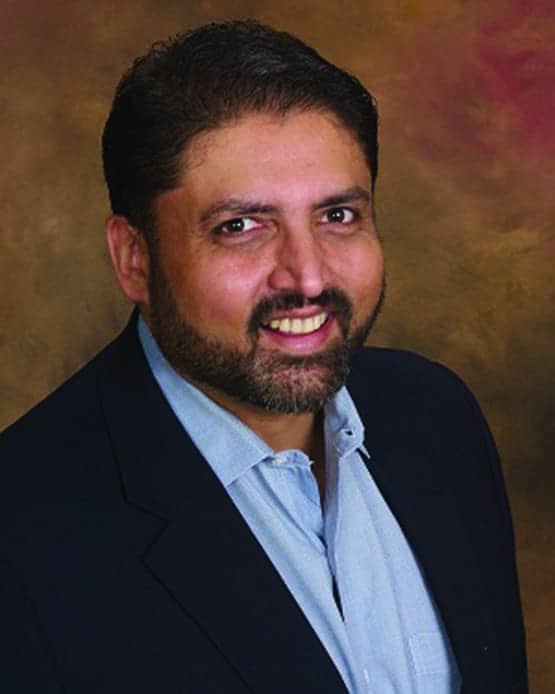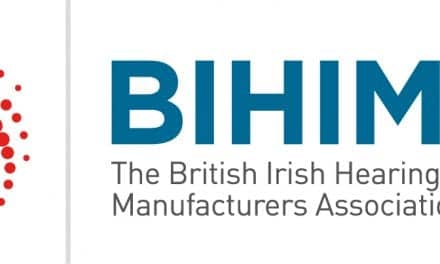Many comorbidities have been linked with hearing loss, including cognitive disorders, heart disease, diabetes, and falls and balance problems. While these are serious medical conditions beyond the scope of a hearing healthcare practice, they can lead to opportunities to network with various medical professionals, particularly with primary care physicians (PCPs).
Building the referral network begins with educating healthcare colleagues about the prevalence of hearing loss in their patient populations. Done well, hearing care professionals (HCPs) can become “the hearing provider” for any future referrals of patients with suspected hearing loss.

One potential roadblock to those referrals is a persistent notion, even among medical professionals, that hearing aids cost too much. “This is a very prevalent belief,” confirms John Greer Clark, PhD, professor emeritus in the Department of Communication Sciences and Disorders at the University of Cincinnati. “Adopting an unbundled pricing structure to better reflect the actual price of hearing devices themselves would be a large first step in offsetting this belief.”
Outlining a wide range of hearing aid options, as well as convenient patient financing solutions like those offered by Ally Lending can ease concerns and build trust among potential referral sources. “The way to get people to become more engaged with out-of-pocket expenses is to allow them to pay these larger expenses in smaller chunks,” says Amyn M. Amlani, PhD, director of Professional Development and Education at an audiology practice consultancy in Texas.

Amlani believes referral sources will see the logic because they are used to these types of arrangements in their own practices, or they see it among other healthcare professions. “Dentists do this [financing] with the things that they offer, whether it’s braces or a new set of teeth,” he says. “Optometrists and ophthalmologists do this with eyeglasses. You are offered financing programs in the electronics world as you walk into Best Buy.”
If audiologists are to properly describe these financial options to referral sources, it helps to have a thorough grasp—which is not always the case. “Audiologists are often aware of financing options, but sometimes they truly don’t understand them completely and how they benefit patients,” Amlani says. “From a value proposition, we know that financing options can increase conversion.”
Sharing the hearing aid value proposition with referral sources can be done in a tactful way that fosters communication across the continuum. For example, Amlani’s uncle is a cardiologist in Detroit who treats elderly patients, many of whom have hearing deficits. To bolster communication, the cardiologist supplies “pocket talker” amplification accessories to make it easier for patients to hear him.
Related article: Answering Patients’ Questions About Hearing Aid Costs—and Providing Solutions
“Now the patient sees the benefit of being able to hear,” Amlani explains. “If I were an audiologist in private practice, I might go out and find general practitioners, cardiologists—whomever—and maybe loan these amplification devices. When patients see benefit from the amplification, it becomes a referral source to you because the natural question is ‘Where did you get these?’”
When patients eventually express their satisfaction with hearing services, a little encouragement can go a long way toward expanding future referrals. “HCPs need to directly ask their satisfied patients to do them the favor of telling their PCP how beneficial their hearing aids are,” says Dr Clark. “This ask can lead to a mention of benefit at their next PCP visit. When people are not satisfied with something, they talk about it much more readily than when they are satisfied. As such, it is no wonder that PCPs hear many more negative tales of hearing aids than positive comments.”
“Referrals boil down to one thing, and it’s not the product,” Amlani adds. “It’s the service that you provide. How friendly are you? How engaging are you? How well do you present the financing options? What is your trust factor? How transparent are you? All of these things are crucial to building patient-centered care.”





